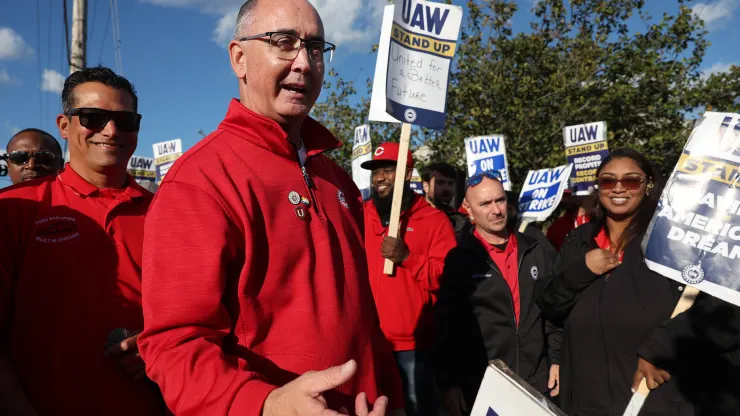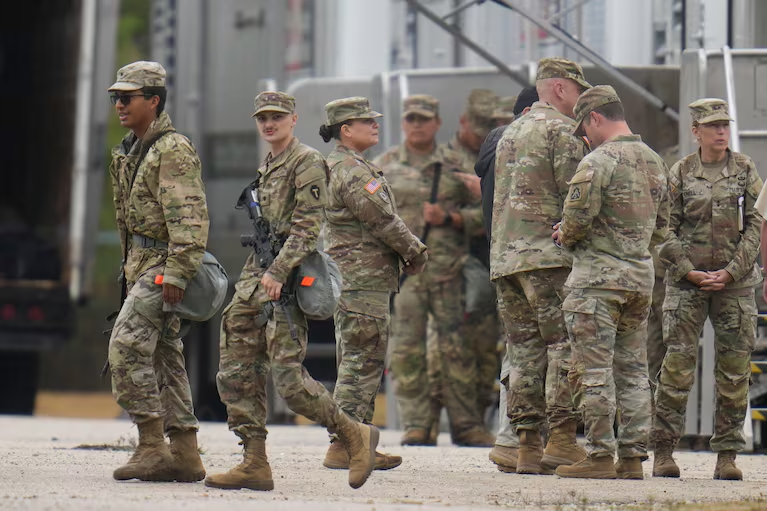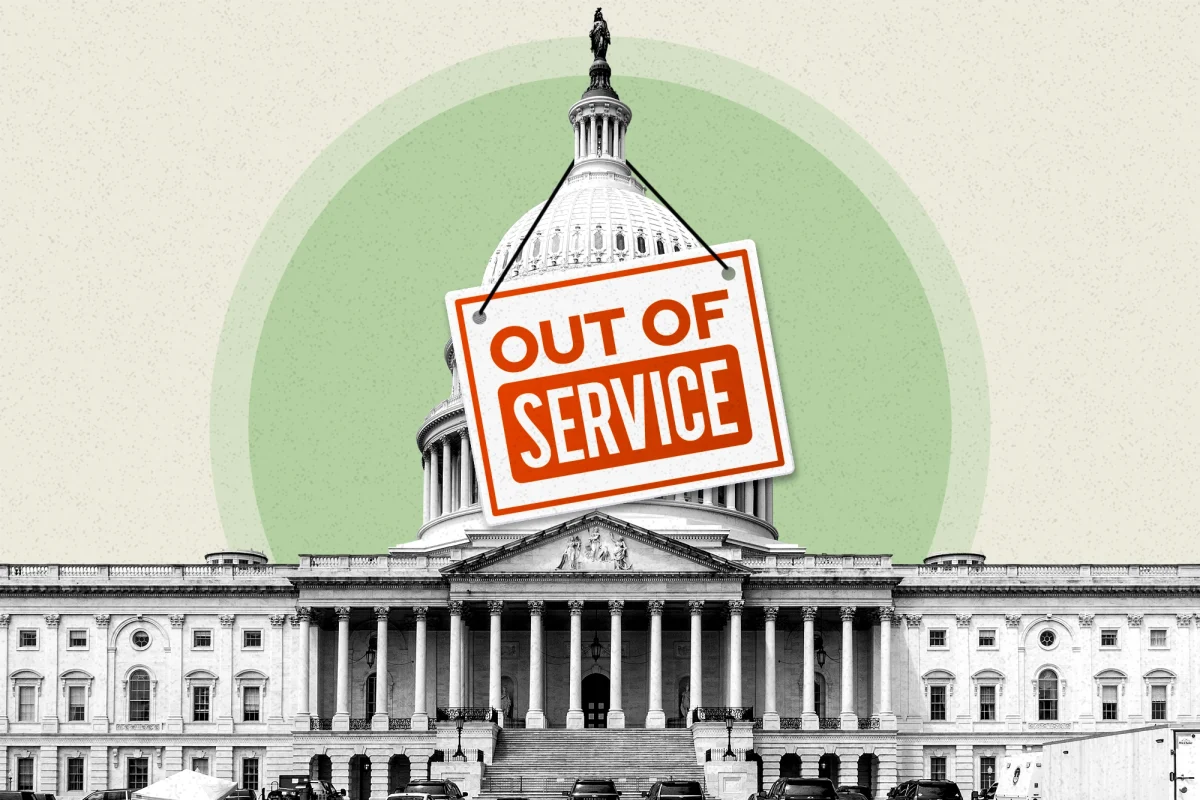On Oct. 25, the United Auto Workers (UAW) Union and Ford Motor Company have finally been able to come to a deal that could see the ending of the strikes at Ford plants. The deal would increase wages by 25% during the contract period with an immediate 11% increase.
The deal did more than increase wages for long-term workers, as it will also increase wages for the lost paid temporary workers by 150% over the contract term. It will also allow workers to strike over possible factory locations closing.
Additional victories for UAW include the pay tier system removal that saw newer workers being paid less at certain parts production facilities.
While the deal still needs to be approved by UAW’s members, this is a massive step toward the end of the strikes that began in Sept. With around 20,000 workers returning to their jobs at the Ford plants, this will play a large role in encouraging progress from the other members of the Big Three, Stellantis and General Motors.
This deal comes just as the strikes at GM and Stellantis have ramped up as 6,800 workers were told to begin striking at a Stellantis assembly plant in Sterling Heights. This was a huge escalation for the UAW as it is Stellantis’ largest plant and a significant source of revenue and production of cars.
The call for a strike from workers at the Sterling Heights plant came as a result of what the UAW felt was an inadequate offer from Stellantis. Specifically, their cost-of-living adjustments for wages, the time it takes to reach max wages, profit sharing, wage increase for temporary employees and retiree benefits.
These are some of the major demands the UAW has called for, so there is likely to be a big fight over these benefits.
The UAW is still focusing on the disparity between the financial success of the Big Three and Stellantis and the lack of financial gains for the workers. In a statement on Monday, Oct. 23, the UAW said, “Despite having the highest revenue, the highest profits, the highest profit margins and the most cash in reserve, Stellantis lags behind both Ford and General Motors in addressing the demands of their UAW workforce.”
Stellantis is not the only one to experience a strike at their most important plant, as on Oct. 24, the UAW ordered its 5,000 members to strike at GM’s Arlington, Texas plant. Part of the motivation for this strike was GM’s proposal to the UAW that keeps the tiered pay system at two tiers, along with their proposal having the worst 401(K) contribution and other deficient benefits compared to what Ford has offered the union workers.
The timing of this increase in the strike at GM seems less motivated by the offer made by GM and more so to send a message to GM, who just had their quarterly report show revenue gains. In response to the news of GM’s revenue increase, UAW President Shawn Fain reiterated, “Another record quarter, another record year. As we’ve said for months: record profits equal record contracts.”
In response to this strike and Fain’s statements, GM’s CFO Paul Jacobson has warned that the higher earnings do not mean the UAW contract can be improved for workers. He cited uncertainty around the economy and the future success of electric vehicles (EVs) as a cause for not increasing wages and benefits in case the EVs don’t perform well enough, resulting in GM being unable to fulfill a generous contract for UAW workers.









